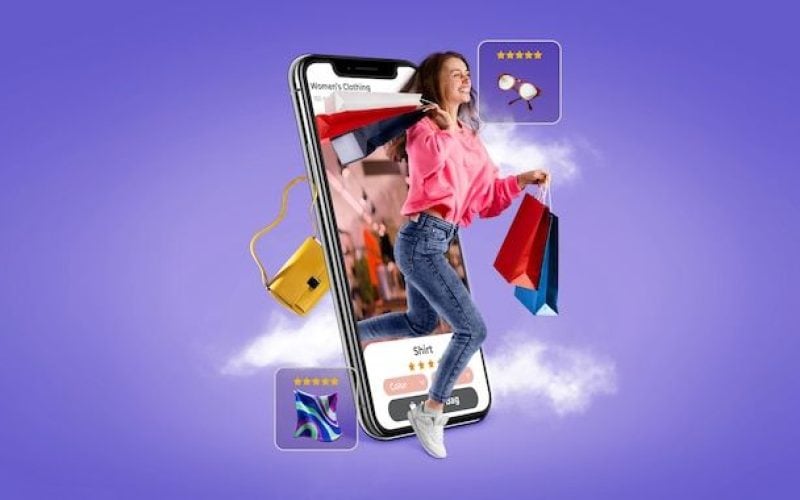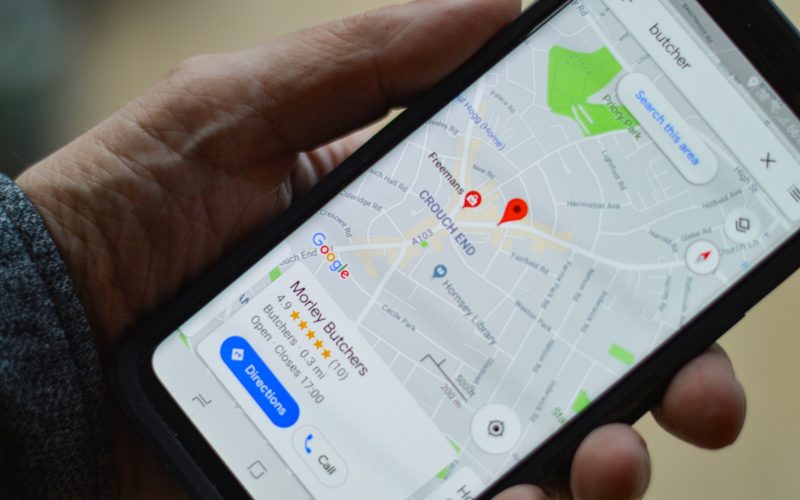Regardless of your brand’s size or market, you’ve probably noticed that customer acquisition is becoming increasingly difficult. With increased competition, rising costs and privacy changes affecting targeting and metrics, brands need to find new and better ways to reach shoppers.
While large, established wholesalers can increase advertising spend to continue acquiring new customers, that’s not always feasible for small brands or start-ups.
The answer?
Third-party e-commerce platforms. Selling your products on Google Shopping, Facebook and Instagram Shops can give brands a way to leverage the traffic and reach of these platforms to drive brand awareness, product discovery and, most importantly, sales.
This guide explains how to maximize results with third-party sales.
Third-party selling means including your products on third-party platforms such as Google Shopping, in addition to your own e-commerce website. This helps drive brand and product discovery and gives you the reach you need to acquire new customers.
Why D2C is no longer enough:
For growing brands, it is not enough to launch an e-commerce site and spend a lot of money on digital advertising to acquire new customers. That tactic is not as effective as it used to be, especially on a limited budget. In addition, many small brands or start-ups do not have the capacity, manpower or knowledge to launch a successful advertising campaign. That doesn’t mean you shouldn’t post ads on social media and search, it’s absolutely necessary. But in today’s e-commerce landscape, you have to think big.
Driving traffic to a new e-commerce site is difficult. When you sell on third-party platforms, your traffic becomes your traffic. And that traffic is significant: more than 60% of all product searches start on third-party retail platforms. You simply won’t get that amount of reach through Facebook ads.
Social proof is crucial in third-party platforms
So how does a smaller brand stand out on a third-party retail platform? Reviews and ratings.
Research shows that consumers are 186% more likely to buy something after reading reviews. If you sell women’s black boots and compete with 10 other brands that also sell women’s black boots, having tons of positive reviews and ratings will help your brand stand out in a crowded marketplace.
When selling on third-party platforms, social proof is the most important factor in establishing brand authority and trust. Having reviews is crucial for brands that shoppers may encounter for the first time when searching for products.
Brands selling on e-commerce retail platforms have a huge opportunity to increase brand awareness, customer acquisition and revenue.
Sell on Google Shopping
Google Shopping is a retail search engine that displays organic and paid product listings relevant to the user’s search query. It allows consumers to compare and shop for products at different retailers and offers product recommendations based on both the user’s shopping and search history.
How Google Shopping works
Google Shopping works very similarly to Google Search, only the results are all products. Paid product listings are displayed at the top and organic listings make up the rest of the search results page.
Brands have multiple options to publish and sell products on Google Shopping:
- Organic listings: as of April 2020, Google allowed brands to submit product feeds for inclusion in organic search results.
- Shopping Ads: Brands that want to appear at the top of a search results page can create Shopping ads.
- Shop on Google – Brands that have their product feeds on Google Shopping can drive traffic to their own sites to complete the purchase or shop directly from the product page on Google. As of July 2020, Buy on Google is commission-free, and brands that use Shopify or Paypal to process payments can now also do so on Buy on Google. This makes it easier for brands to start using the tools that already work for their business.
Selling on Facebook and Instagram
With Facebook and Instagram stores, you can showcase and sell products through your own store. People who visit your store can explore your products, make purchases and get to know your brand.
If you host your online store on a Facebook partner platform, such as Shopify, BigCommerce or Magento, you can easily import your product catalog and make sure it is always in sync with your e-commerce site.
Why sell in stores on Facebook and Instagram
When you’re a growing brand, it pays to be an early adopter of new acquisition channels. Not only is there less competition to acquire new customers, but you will also be better positioned to take advantage of new features and capabilities as they are released.
Selling is about meeting customers where they are, and chances are your customers are on Facebook and Instagram. By showing them your products as they browse social media and, more importantly, allowing them to complete a purchase without leaving the platform, you’ll be more likely to increase conversions at these crucial and seamless touchpoints.
In conclusion, with more brands and products going online every day, leveraging new channels for customer acquisition is the key to growth, especially for new or small brands. If you want us to help you boost your e-commerce, contact Several.pro.






